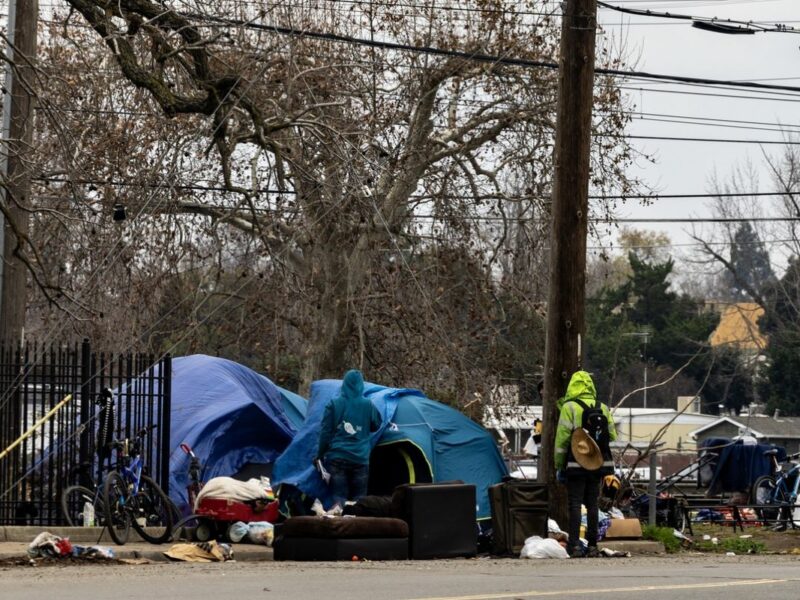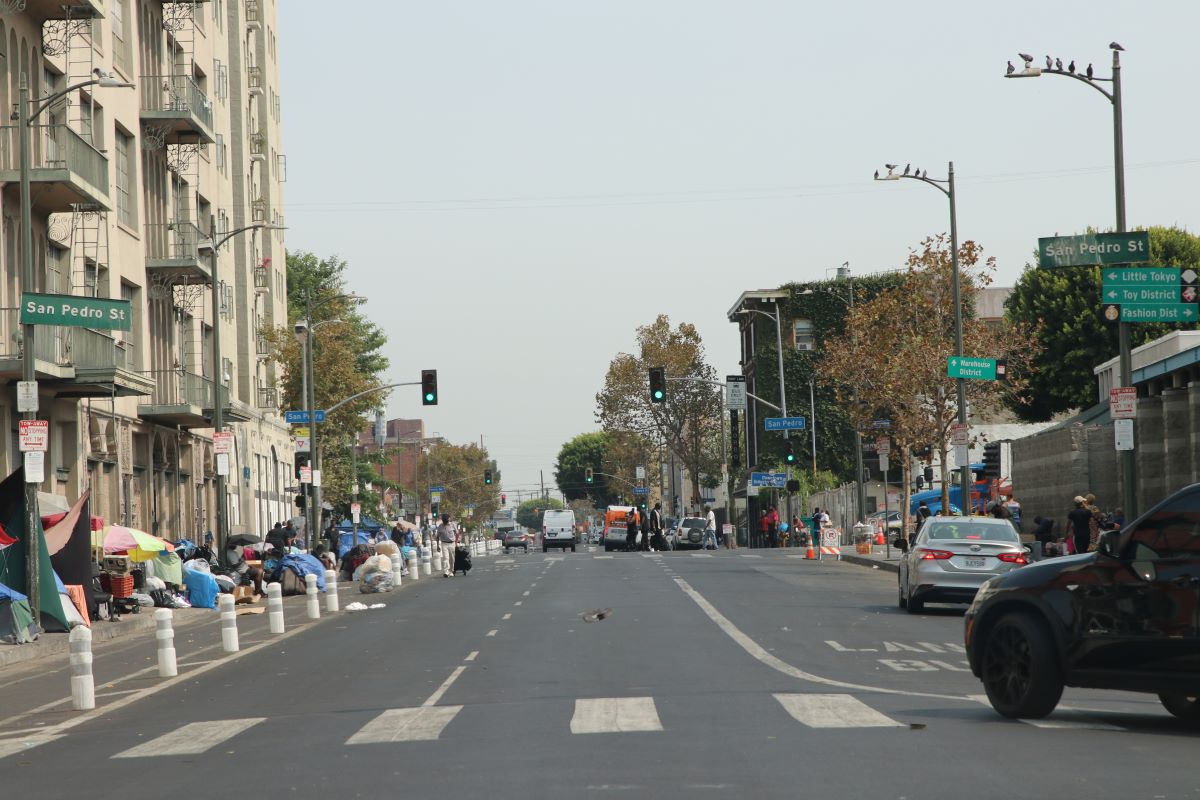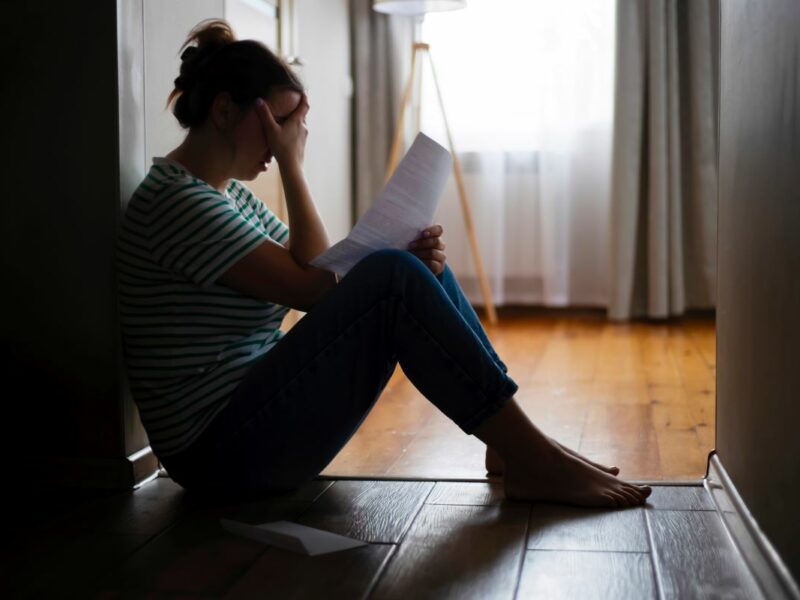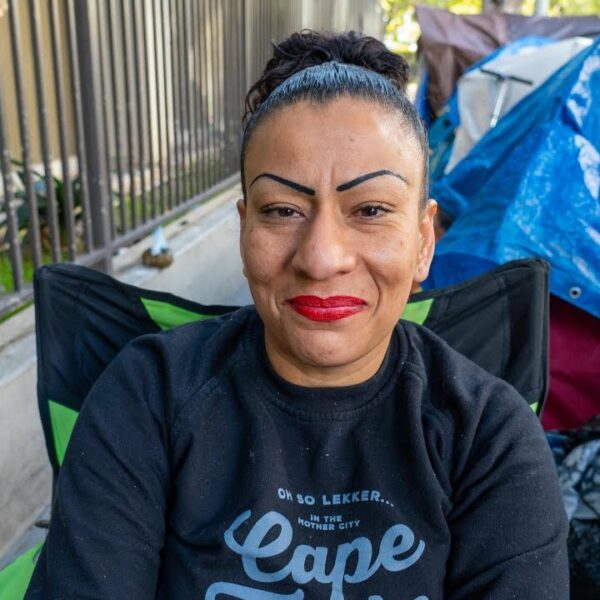Advocates Say Skid Row Rezoning Could Be a Model for Other Historically Disinvested Communities
Some advocates are hopeful that a new zoning designation for Los Angeles’ infamous Skid Row could become a model for historically disinvested communities across the country.
The rezoning is part of LA’s Downtown Los Angeles 2040 comprehensive plan, designed to guide city development for the next two decades. The plan has been through multiple iterations and currently designates part of Skid Row under the new IX1 zone. This designation could require developers to mostly build affordable homes in the area.
Advocates like Catherine Gudis with the nonprofit Los Angeles Poverty Department say the process is an example of how communities can preserve affordable housing for people living with housing instability.
“There has been a century of slow disinvestment in low-income communities, and especially in affordable housing,” Gudis told Invisible People in an interview. “So, when there is an opportunity to preserve and invest in affordable housing for these communities, we have to jump at it so that we don’t lose those homes to gentrification.”
Skid Row has earned a place in urban folklore for its history of having open-air drug markets, gang activity, and concentrated poverty. But Guids said the area has a much richer history than many give it credit for. For example, immigrants made homes in Skid Row after LA went through its urban renewal phase in the 1970s, a process that essentially pushed non-white individuals into the area as rents and home prices increased downtown.
In turn, Guids said LA concentrated services for low-income households in Skid Row. They instituted a “containment plan” in 1976, which preserved affordable housing and limited market-rate development in the area. While the plan preserved housing options, it also effectively economically segregated low-income households from the greater LA community, Guids said.
Now, advocates with the nonprofit Los Angeles Poverty Department, Skid Row Now, and the 2040 Coalition are working to redress those past wrongs.
The groups have conducted multiple outreach efforts and surveys of what residents in the area want and presented those findings to LA city planners, Guids said. Planners seem to have taken the feedback seriously, Guids added, although she still has concerns about LA city council’s input in the process.
“Skid Row has such an established network of communities that have been dissolved in other cities,” Guids said, referring to New York City’s Bowery neighborhood and Denver’s 17th Street, both of which are former seedy areas that have been gentrified.
One aspect that Guids points to that helped advocates secure affordable housing commitments for Skid Row was that they clearly defined the community that would be impacted. Guids authored a study about Skid Row for the Los Angeles Poverty Department in October 2022 that details the history of the area and the people that currently live there.
Guids added the coalitions also focused their efforts on relaying community concerns to elected leaders and continued to advocate for their position after the initial downtown LA comprehensive plan was published. These efforts helped keep pressure on elected officials to answer to the needs of the Skid Row community, Guids said.
“When the hearings [about DTLA 2040] started, we thought, ‘This is great. City leaders seem to be listening to us’,” Guids said. “But our advocacy has become even more important now that city council is looking at revising the plan.”
There are still a few speedbumps ahead for the rezoning effort, Guids said.
For instance, she said LA’s city council has tried to insert a requirement that any new building in Skid Row contains at least 20% market-rate housing. Guids said that could significantly burden developers trying to build new homes in the area.
Another roadblock is the pushback from NIMBYs in the city who would rather see the low-income folks in Skid Row live elsewhere, Guids said. That has been a constant issue for housing advocates in LA, and doesn’t seem to be going anywhere anytime soon, she added.
“The lack of affordable housing in this country is a nationwide issue, and we need to start chipping away at it faster than we have before,” Guids said.
How You Can Help
Now is not the time to be silent about homelessness in California or anywhere else. Unhoused people deserve safe and sanitary housing just as much as those who can afford rent or mortgage.
Poverty and homelessness are both policy choices, not personal failures. That’s why we need you to contact your officials and tell them you support legislation that:
- Streamlines the development of affordable housing
- Reduces barriers for people experiencing homelessness to enter permanent housing
- Bolsters government response to homelessness
Together, we can end homelessness.













